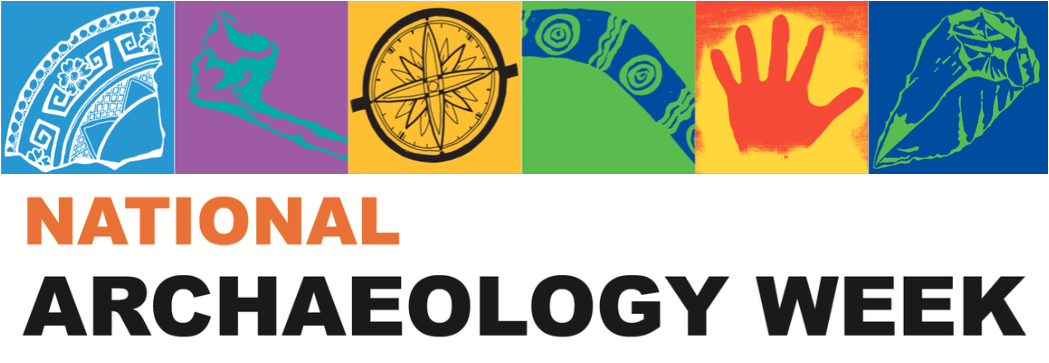Angeline Leece
Name
Angeline Leece
Current position
Research Fellow, La Trobe University
Where did you study?
I completed my Bachelors/Honours degree at the State University of New York at Albany in the United States. I then moved to Australia and completed both my Masters and my PhD at La Trobe University.
How did you become interested in archaeology?
I have been interested in archaeology for as long as I can remember. As a child, my interests ranged from the classics to biology. When I started university, I chose a focus in Greek and Roman archaeology but quickly switched to Human Evolution after taking a class in the subject in my second semester of first year. And the rest is history!
What archaeological projects are you working on at the moment?
I am currently working two main projects:
The first, and the longest running, is the Drimolen Palaeoanthropological Research Project. I have been involved in this project since 2013 and am now a Co-Director. Annual excavations at Drimolen South Africa include students and senior researchers from around the world and has resulted in some amazing discoveries. The site included artefacts as well as fossils belonging to extinct animals and human ancestors.
The second is a large collaboration with Victorian Traditional Owners. This project facilitates broad-scale research at the request of Aboriginal peoples into their heritage and history.
Tell us about one of your most interesting archaeological discoveries.
My most interesting discovery has to be the DNH 155 Paranthropus robustus skull from Drimolen, South Africa. This skull belongs to a hominin - a species of early human dating to about 2 million years ago. DNH 155 is the most complete male skull attributed to this species and has rewritten our understanding of how this species evolved. Not to mention, it was first discovered by an undergraduate student attending the annual field school!
Tell us about a funny / disastrous / amazing experience that you have had while doing archaeology.
While doing our work, we use a very fancy 3D scanner: the Artec Space Spider Scanner - originally designed for use on the International Space Station... Not for use in dusty 2 million year old caves. Regardless, this little scanner is very important for our ability to do our work and we scan artefacts and fossils alike. Airport customs doesn't like it but we've flown all around the world with this scanner. One season, in 2018, a colleague and I landed in South Africa and booted up the scanner, as usual. But this time, we got a big flashing warning that read "device corrupted". Panic ensued. We couldn't exactly pop down to their warehouse in Melbourne to get it sorted. We wracked our brains for what could have gone wrong. Did it take a knock on the plane? Did too much cave dust get sucked up into its vents? What were we going to do? Despite the 17 hour flight, we stayed up until 2am trying to trouble shoot the scanner. Eventually we found our problem... A state of the art piece of equipment, put through hard use down caves and travelling around the world, was brought undone by the most frustrating thing around: a Windows update. Blame the jetlag - scanner was fixed 15 minutes later.
What’s your favourite part of being an archaeologist?
My favourite part of being an archaeologist has to be either having the opportunity to help people reclaim their own history, regarding my work with Indigenous Australians, or when working on the Drimolen fossil site, the moment where you are the first person in the world to see an individual who had been lost to history for millions of years. Both are great experiences.
Follow up reading

